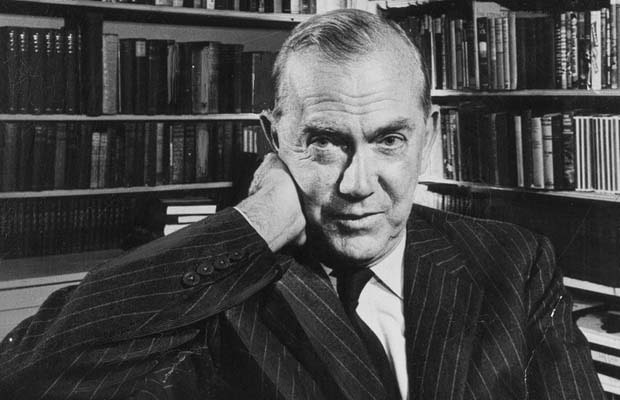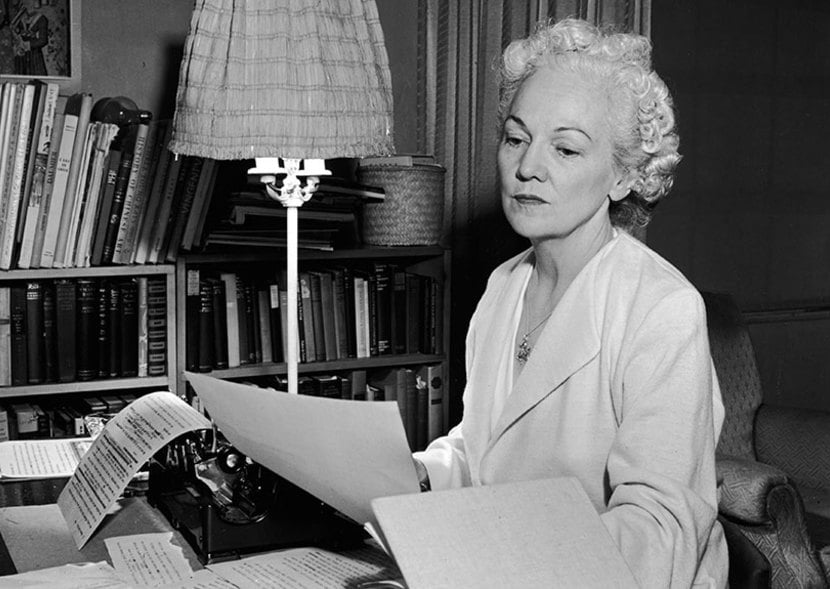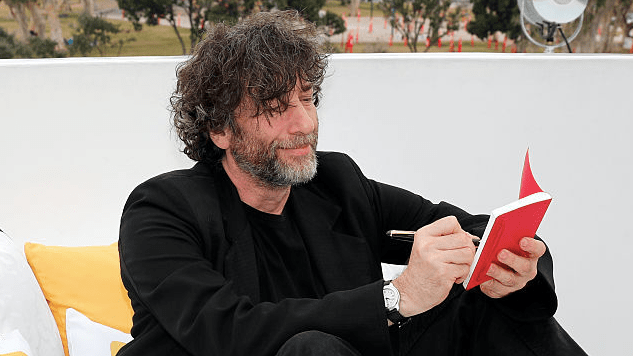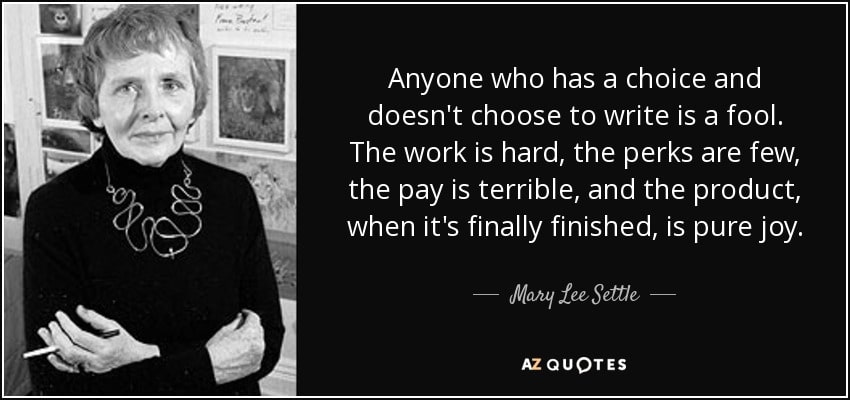8 Awe-Inspiring Writing Strategies Famous Writers Used

Creating a decent piece is not an easy thing to do. Whether you need to write an essay, a review, a short story or a blog post, you might face the same difficulties as other professional writers do. So, we have prepared some useful tips from the best authors that will help you to improve your writing skills, beat writer’s block and increase your productivity.
Here are 8 strategies for developing writing skills from the best and the most productive authors in the world.
#1 – A “Daily Writing” Strategy of Steven King
 Photo credit: Evan Agostini
Photo credit: Evan Agostini
If you don’t know who Steven King is, then you probably live under the rock. Being the king of the horror genre and one of the most productive writers of the 20-21 centuries, Steven King is glad to tell the story of his writing career. Moreover, he gives useful pieces of advice in his book On Writing. One of the most significant lessons from him is his strategy of daily writing.
A “Daily writing” strategy is all about constant practicing. King says that when you start your project, you shouldn’t stop for a single day until you are satisfied with your draft. Only by writing every single day, you can keep your skills strong enough. As writing skills can be trained like muscles, you have to keep them toned up.
Try to write at least one small piece a day. It doesn’t matter what it would be – a blog post, a letter to your girlfriend, etc. If you keep practicing every day, you will get used to writing and following your creative plan.
#2 – A “Cocoon” Strategy of Roald Dahl
 Source: The Times
Source: The Times
Dahl was commonly described by his friends as an “odd fellow.” While he was writing, he was sitting in his armchair with his legs wrapped in a sleeping bag. He could stay in this position all night long.
The setting around you is very important, so finding the most comfortable place and position is key to get your imagination free and stay productive for a long time. Some people love working while laying in bed, for others it’s crucial to have fully prepared stationary.
Not only Dahl was weird about his writing habits. For example, Gertrude Stein was writing only in the driver’s seat of her Ford and Hemingway wrote all his works while standing.
You should also find a special place or atmosphere which will awake your talent. If you want to stay more focused while studying or working, check out our article about the art of concentration.
#3 – A “Small Steps” Strategy of Graham Greene
 Photo credit: Yousuf Karsh
Photo credit: Yousuf Karsh
“In the old days, at the beginning of a book, I’d set myself 500 words a day, but now I’d put the mark to about 300 words.” Graham Greene
This writing strategy for struggling writers is all about the goals and methods of achieving them. Of course, you could set a plan of writing just as fast as Steven King (King writes about 10 pages or 2,000 words per day), but you would quickly realize that this tactic leads to exhaustion of your imagination.
Take slow steps, and establish manageable goals for each day of writing – you will see that the quality of your writing is much better when you’re not in haste.
#4 – A “Last Line” Strategy of Katherine Anne Porter
 Source: Hulton Archive
Source: Hulton Archive
A lot of writers start working on their pieces as soon as a plot idea hits them. But sometimes it leads to a block when one can’t figure out how to end a story. In order to avoid such a situation, Porter did other way round – she wrote the ending first. When she had an idea for her another piece, she wrote the last line and after that the last page of her piece. Only then she began working on the whole plot.
It’s a brilliant tip for every piece of writing, not only for stories and novels. When you start working on your essay, the first thing you should do is to formulate your thesis – a quick summary of your paper’s purpose. So, basically, you write your essay starting from the end of it.
This is one of the best writing strategies for students who are working on their papers and need help with formulating a thesis statement.
When you know how your piece will end up and what the whole plot leads to, you can be more comfortable with writing the rest.
#5 – A “Don’t Look at It Again” Strategy of Neil Gaiman
 Photo credit: Rich Polk
Photo credit: Rich Polk
It’s hard to fight the temptation of revising your written piece before it is finished. But Neil Gaiman advises the opposite method – writing till the end without looking at your work.
Don’t come back to recite the pieces that you have already written the previous day – write what comes to your mind. And when you are finished, compile all of the parts and edit the whole thing. You might find some pieces surprising as you have already forgotten about what their content is.
Moreover, Gaiman suggests looking the piece through after some time:
The best advice I can give on [revision] is, once it’s done, to put it away until you can read it with new eyes. Finish the short story, print it out, then put it in a drawer and write other things. When you’re ready, pick it up and read it as if you’ve never read it before. If there are things you aren’t satisfied with as a reader, go in and fix them as a writer: that’s revision.
#6 – A “Wait for It” Strategy of Hilary Mantel
 Source: The Daily Beast
Source: The Daily Beast
Sometimes you get stuck. Instead of sitting with your piece in front of you, do something else. Draw, clean, listen to music or go to sleep. Sometimes you just need to take a little break and wait for a good thought to come.
She also recommends avoiding chatting or going to the party in this situation, as “someone’s words will pour in where your lost words should be.” Many students also find this advice one of the most useful among all of the writing techniques and strategies. And while you are waiting for your muse, check out our tips on essay writing.
#7 – A “ Writing Ritual” Strategy of Toni Morrison
 Photo credit: Timothy Greenfield-Sander
Photo credit: Timothy Greenfield-Sander
As we talked about the atmosphere and habits of writers, there are also some strange rituals that could be helpful to anyone who wants to get used to writing. Morrison claims that she didn’t realize it before one conversation with another author in which they talked about the things they do before writing. Morrison observed that she always got up before the dawn, made herself a cup of coffee and watched a sunrise.
You might also have some ritual that helps you to set up the right mood for work. Pay attention to the things you usually do before writing or establish new traditions.
#8 – A “Question” Strategy of Mary Lee Settle
 Source: AZ Quotes
Source: AZ Quotes
A National Book Award-winner Mary Lee Settle said that she always started with a question and then tried to answer it. This way you will never run out of ideas as you can ask yourself about anything in the world and then evaluate your thought. For example, “What if I wake up in another universe?” “What if Shakespeare lived in our time?” “What if the gravity disappeared for a second?” etc.
Wrapping up
Students don’t have to be professional writers, but they can find the authors’ experience helpful as they commonly face the same difficulties. So, we hope that you have found our list of writing strategies that authors use helpful for your studying routine. Try out these tips to find ones that work for you.





